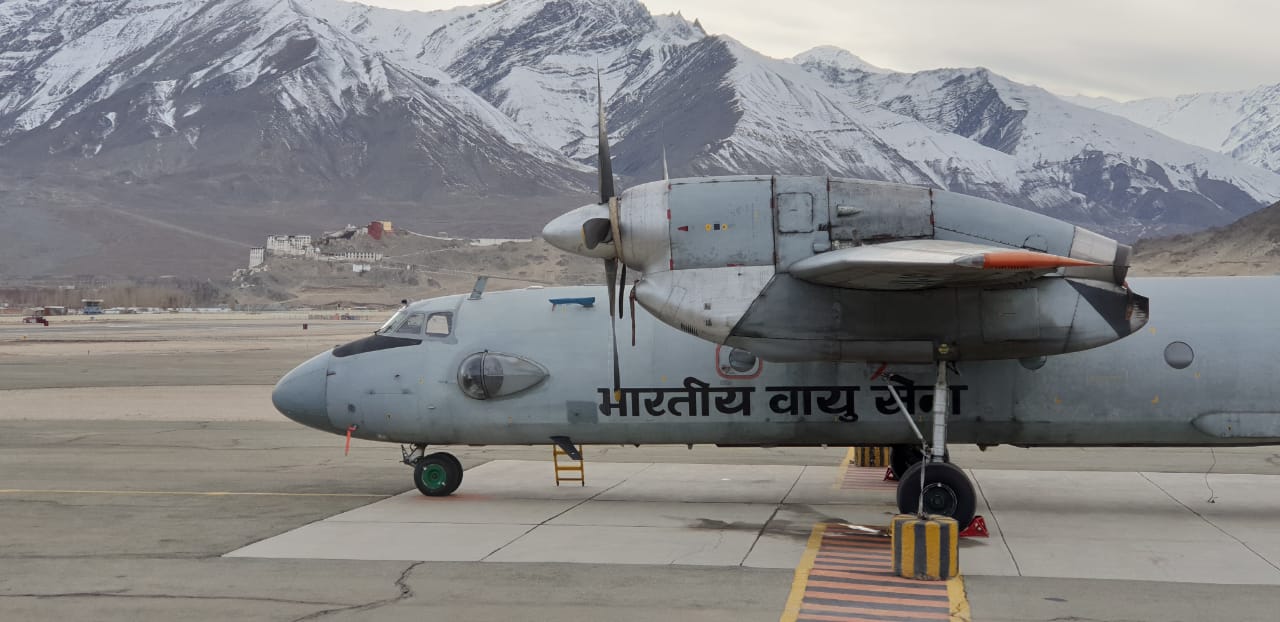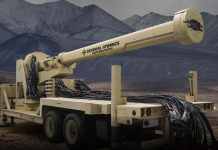In a juggling act, India’s Prime Minister Narendra Modi will likely visit Ukraine at the end of August, a few weeks after Modi’s Russia visit. New Delhi, Kyiv, and Moscow are both sources of critical defense equipment; hence, the need to strike an equilibrium is important.
While the world is worried about whether India could broker peace as the protracted war between Russia and Ukraine enters a third year, India also needs to ensure that the supply of spare parts for its predominant Soviet-origin platforms continues unabated.
Gas turbine engines for its warships have been causing delays in the construction of two Talwar-class frigates. The first two frigates’ basic structures were in the Russian shipyard Yantar, where they are currently being constructed.
The ships are powered by Ukrainian engines, and the war pushed back the construction timelines. India had to intervene and persuade the Ukrainian government in 2019 to provide two ship engines to the Russian shipyard in Kaliningrad, a semi-exclave in northern Europe, with Belarus and Latvia on its East.
The first ship, Tushil, is ready for acceptance, and the commissioning crew has already arrived in Russia in July. The second ship, Tamal, is expected to be delivered in 2025. These are the last two warships for the Indian Navy to be built in a foreign shipyard.
Two of the remaining frigates are being constructed by Goa Shipyard Limited. Following Kyiv’s decision to ban military exports to Russia in 2014, New Delhi had to procure two M90FR gas turbine engines for the two frigates directly from Ukraine. GSL has launched ‘Triput,’ the first of two follow-on Talwar class frigates.
Powering Indian Navy’s ‘Blue Water’ Ambitions
Zorya Mashproekt is a Ukrainian research and production complex specializing in gas turbine construction. It powers 34 frontline warships of the Indian Navy. The Indian Navy currently has 136 Zorya turbines installed on its warships in a configuration of four turbines on each vessel.
Zorya turbines are installed on 10 Veer (Tarantul) class missile-carrying corvettes of the Indian Navy. Six Russian-built Talwar-class frigates and four Talwar-class frigates also sport Zorya turbines. Five Rajput class frigates, too, carry Zorya turbines as main propulsion systems. Ships of the formidable Kolkata and Delhi classes are also powered by Zorya turbines.
The majority of the Indian Navy’s propulsion systems are imported. The indigenization effort has not yielded the desired results yet.

The Gas Turbine Research Establishment (GTRE) has developed a naval variant of its Kaveri engine, which is now being tested in Vishakhapatnam. This means that in the near future, the Indian Navy will remain dependent on imports for its propulsion needs.
Forget J-20, China’s H-20 Stealth Bomber Threatens ‘Easy Penetration’ Of LAC; How Can IAF Respond?
Zorya turbines go to INS Eksila in Visakhapatnam for basic maintenance. However, they need complete overhauling every 30,000 hours and will need to be sent to Ukraine for it. The ongoing war has been detrimental to the security of the Zorya-Mashproekt gas turbine complex.
On March 13, 2022, the Russian military attacked the complex in southern Ukraine.
The Zorya-Mashproekt factory in Mikolaiv, which produces gas turbine engines, was damaged. pic.twitter.com/RqetnDFRhD
— Rob Lee (@RALee85) March 13, 2022
New Delhi tried to remedy the situation as Indian firm Kalyani Strategic Systems (KSSL) acquired a majority stake in the Indian arm of Ukrainian Zorya Mashproekt. The KSSL, wholly owned by Bharat Forge, signed the agreement for the acquisition on May 9, 2023, and the acquisition process was completed on December 31, 2023.
The proposed acquisition is being made to create indigenous capabilities for design, manufacturing, maintenance repair, and overhaul, including spare support for all types of gas turbines.
Upgrading An-32 fleet
The upgrade of Indian Air Force (IAF) Antonov An−32 transport aircraft is behind schedule and is only likely to be completed by 2025 – an eight-year delay from the original plan.

The IAF had received 110 An-32s from the erstwhile USSR between 1984 and 1991. In June 2009, India signed a US $400 million contract with Ukrainian state enterprise Spets Techno Export for technical life extension, overhaul, and upgrade of 105 of these aircraft. Plant 410 of Civil Aviation and Antonov in Kyiv, Ukraine, completed the modernization of the first 40 An-32REs, with the first delivered in 2011 and the last in November 2015.
Till 2019, the Air Force’s No. 1 Base Repair Depot in Kanpur has upgraded 15 aircraft in India. However, the upgrade hinges on the supply of modification kits from Ukraine. Also, there is a shortage of certain parts of Russian origin due to strained relations between Russia and Ukraine.
In addition to a longer total technical life and new Motor Sich AI-20 engines, the upgrade to the An-32RE includes a new radar, ground proximity warning and collision avoidance systems, satellite navigation, distance measuring equipment, and upgraded radio altimeters. The cockpit features improved crew seats, a new oxygen system, and two multi-functional displays.
The IAF is looking to replace its aging fleet of tactical airlifters; however, the tender has yet to be finalized. These aircraft need to perform their role in the force for at least the next decade.
Some of the other critical equipment that gets its spares from Ukraine include 130mm medium guns, spares for T-72 and T-90 tanks, the OSA-AK surface-to-air missile system, and the Tunguska anti-aircraft weapon system.
- Ritu Sharma has been a journalist for over a decade, writing on defense, foreign affairs, and nuclear technology.
- The author can be reached at ritu.sharma (at) mail.com
- Follow EurAsian Times on Google News




